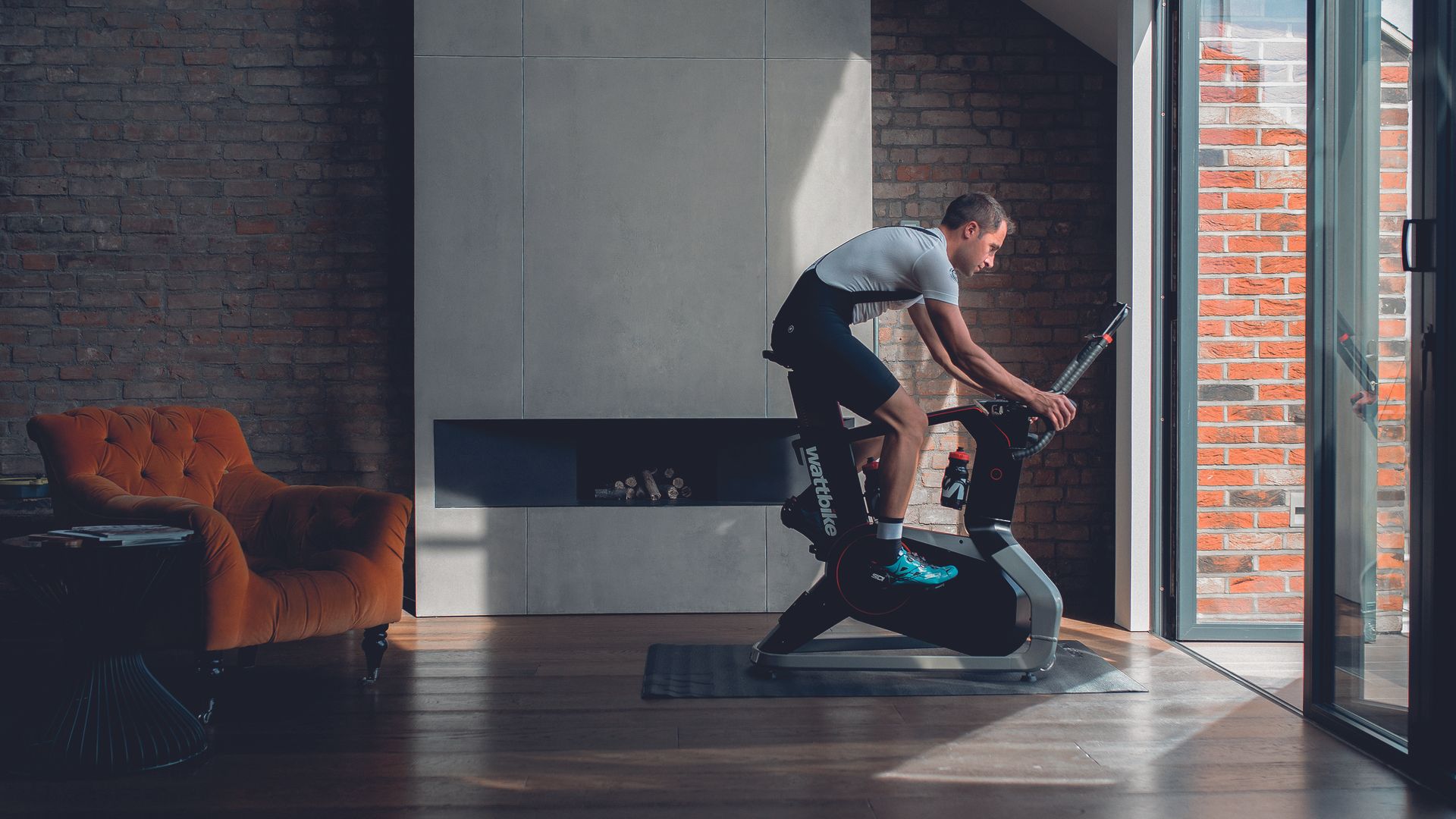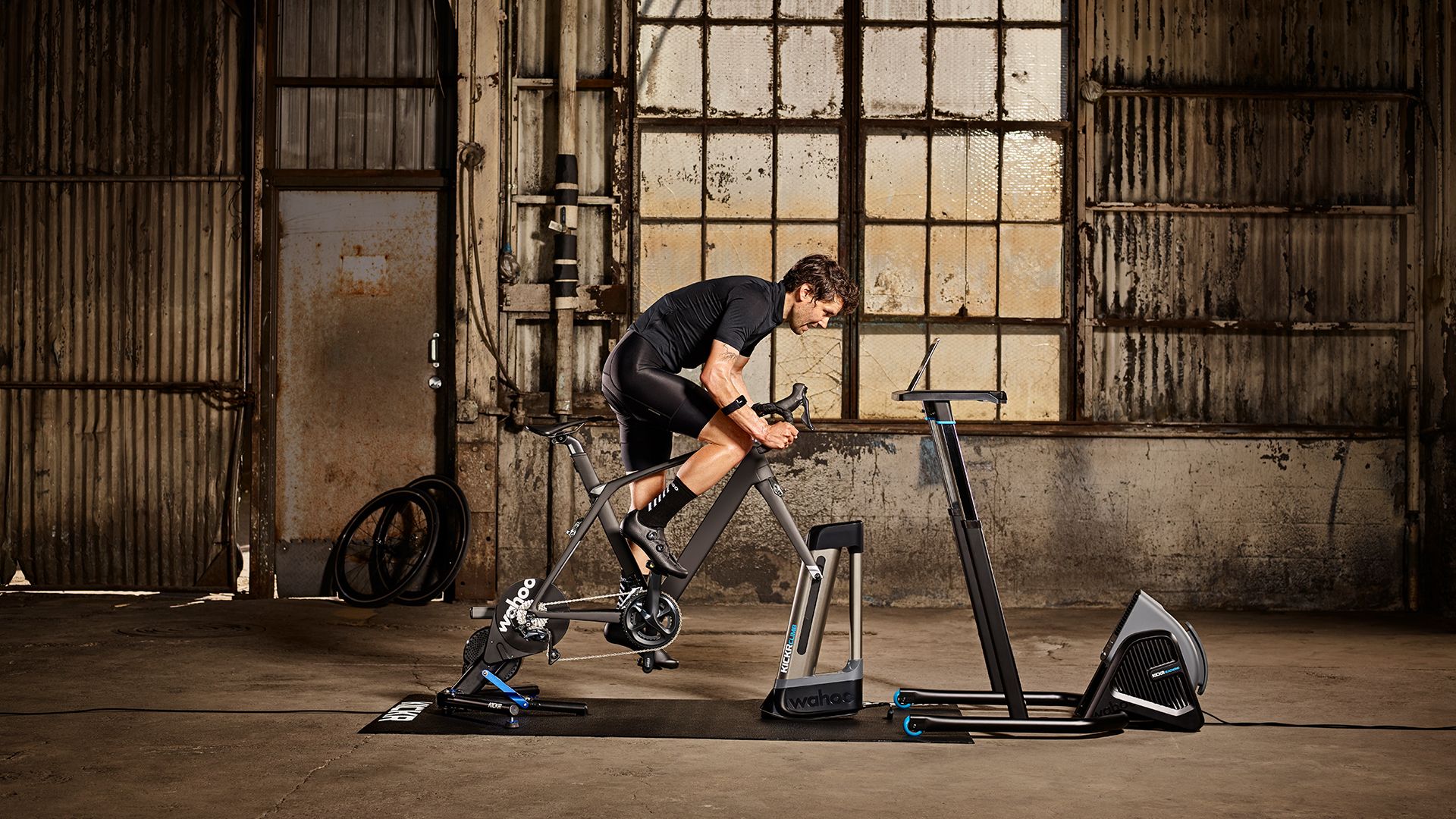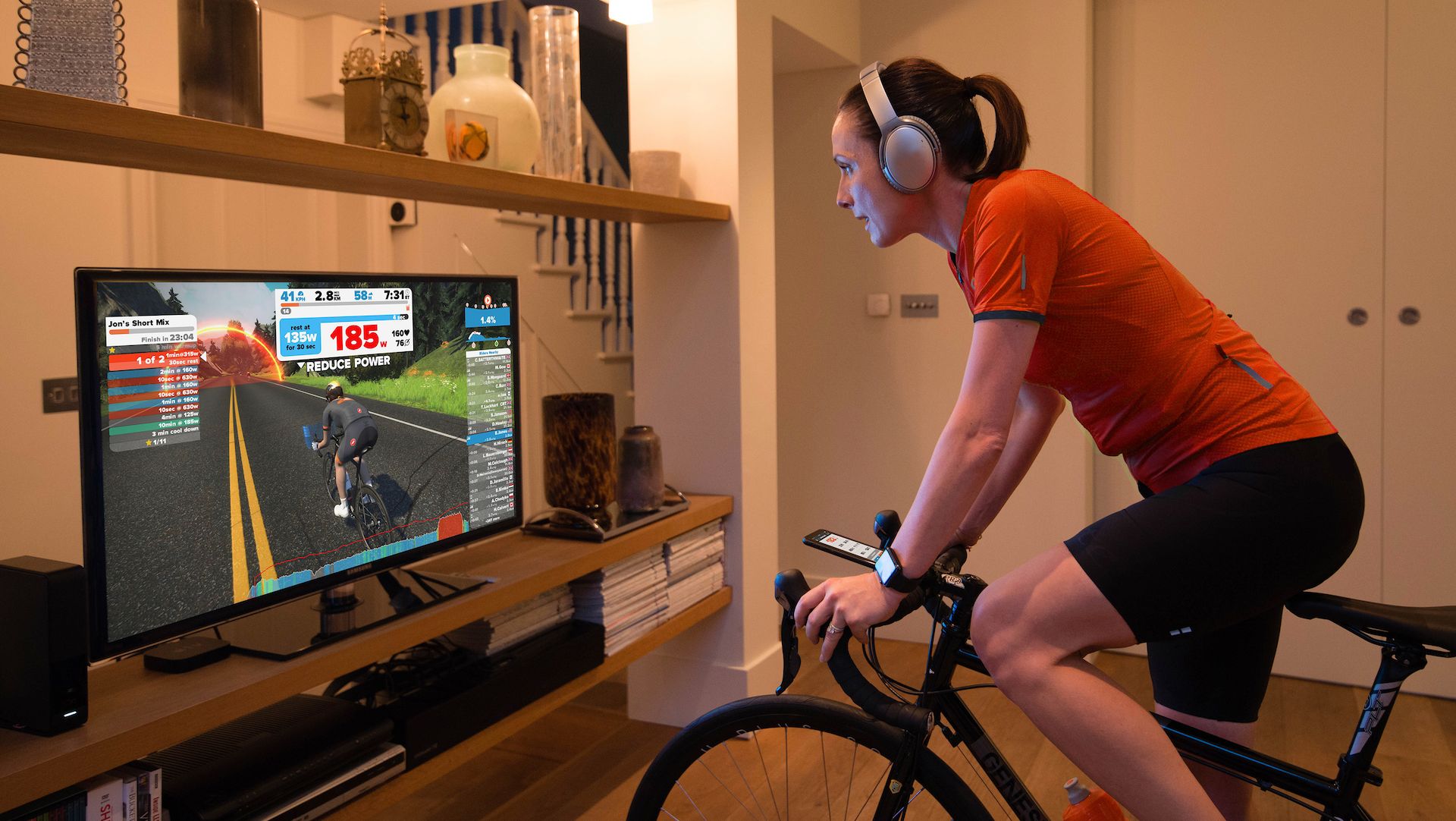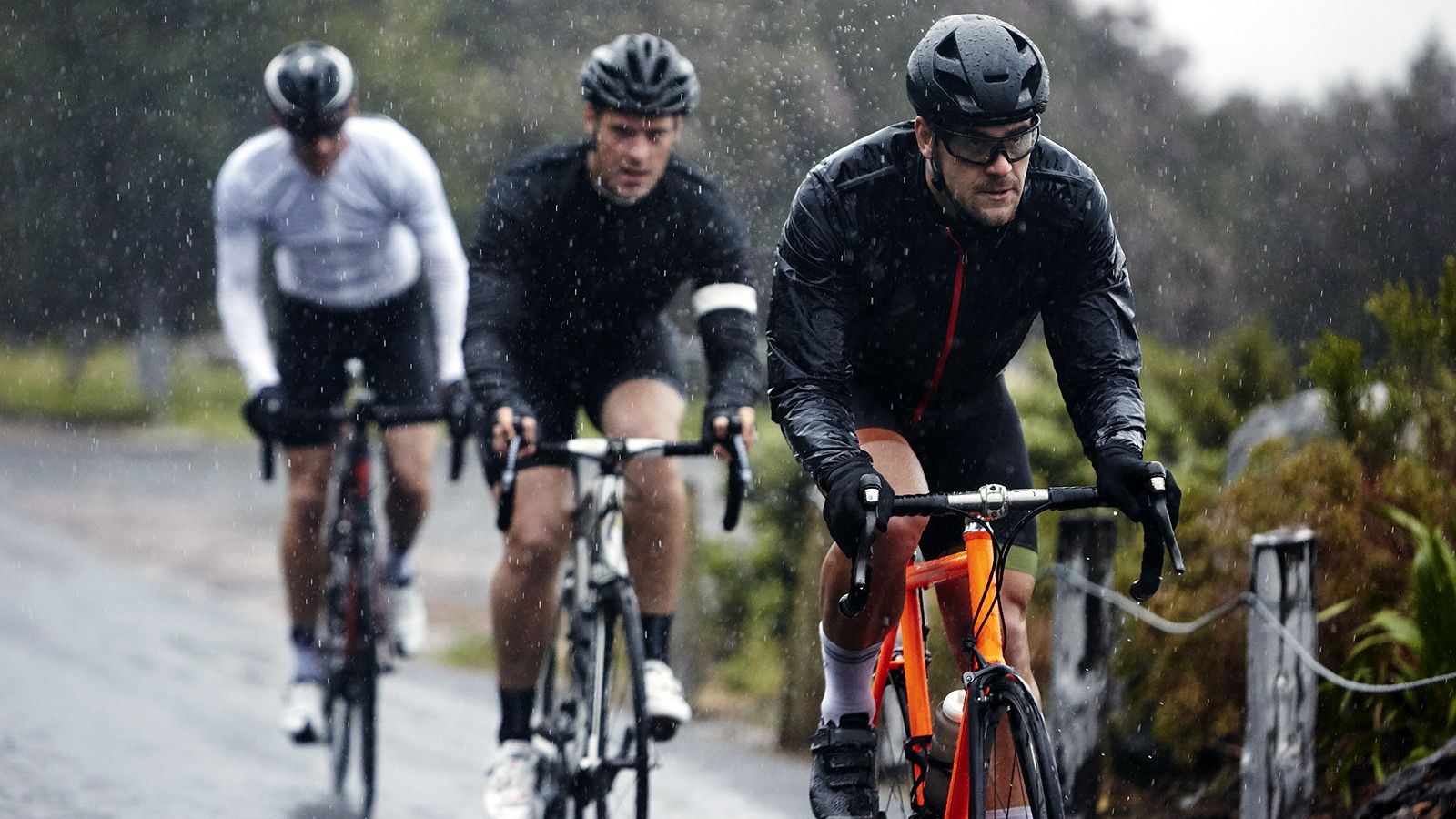
Want to be fit for spring? Here’s why winter training is key to summer success
Building and maintaining your fitness throughout the winter months can be an arduous and appreciably tough exercise but if you stay motivated you’re sure to come out the other side a stronger and fitter rider
by Aaron BorrillIt’s easy to lose motivation when the days get shorter, darker and colder but, if you want to maintain your fitness and weight during the winter months, it’s important that you keep the momentum going. One way to do this is by setting yourself a goal - this can come in the form of a late-autumn cyclo-cross race or even competing in one of the many online e-racing leagues on Zwift. One thing is for sure, if you stay committed to the cause and follow a dedicated training plan the hard work will pay dividends.
Here are seven tips to get through the colder months and ready to hit the spring racing season at full strength.

1. Set a goal
Enter an event that starts in spring/early summer. This will keep you motivated on those dark and gloomy days and give you the motivation to keep going, even when times get tough.
Another way of guaranteeing progress is by acquiring the services of a coach or training program, both of which will not only help provide some structure to your training but also encourage you to keep going.
- Best winter running gear: tackle the elements with the best winter running shoes, winter running tops and more

2. Incorporate gym/strength training
Gym work and strength training has proven to positively influence on-the-bike performance and the winter months are the perfect time to incorporate this into your schedule.
Strength training has numerous benefits such as enhancing connective tissue strength, preventing injury, improving cycling economy and aerobic fitness, preserving muscle mass (important in older age-group athletes) and increasing bone mineral density.
Signing up at your local gym is great opportunity to work on your core strength, which is extremely important for cycling performance. Workouts should include light weights and torque/strength work – direct-drive trainers or Wattbikes are the perfect solution in this regard.
It’s imperative that you mix up your sessions by including some single-leg riding drills, workouts should comprise 5 x 2min intervals per leg with 5min recovery or spinning between each set. Low-cadence drills are just as effective – these should constitute 4 x 4min sets at 50rpm with 4min easy riding between each effort.

3. Invest in a good turbo trainer
Turbo trainers have changed the way cyclists see indoor training. Smart trainers have made training more entertaining with third-party apps such as Zwift providing a virtual environments to compete and ride against riders from all around the world.
The single biggest benefit of using an indoor trainer is time efficiency. We all struggle to make time to train, especially when it comes to juggling work and family obligations. An indoor session allows you to fit more quality work into a shorter time frame, allowing you to maximise and tailor your workouts around your schedule.
Remember to use a fan when riding indoors as it assists with convective heat loss and helps mitigate reduced intensities associated with indoor training.

4. Sign up for Zwift or TrainerRoad
Online platforms such as Zwift, TrainerRoad and Rouvy have revolutionised the indoor training game. Not only have they made indoor training more enjoyable and entertaining, these applications have opened up a new world of training allowing athletes to ride in a virtual world with their mates, against other riders or simply just complete a structured workout in an immersive setting.
Most of these applications offer structured plans and workouts which are a boon if you don’t already have a regime to follow.

5. Quality over quantity
A common misconception is that cyclists need to rack up endless miles during the off season. This rhetoric is often referred to as junk miles as there is no scientific evidence that backs up this archaic notion. Rather focus on putting in a smaller amount of quality sessions than a large amount of tempo mileage or sweet-spot training.
Try follow the 80/20 rule during this period, where 80 per cent of your riding comprises very easy sessions, while the balance is made up of hard, high-intensity interval training or HIIT (during this phase the hard sessions can be torque/strength work).
These sessions are all about discipline. It’s often easier to do these sessions alone as riding with mates can often become races. Also remember the importance of rest and that sleep constitutes around 80 per cent of recovery.

6. Eat a healthy, balanced diet
It’s pretty easy to pack on a couple of pounds during the winter months. Try maintain a
healthy balanced diet during this time. Of course there's no harm treating yourself every now and then, but avoid overindulging in sugar-rich, high-carb meals. An easy way to ensure you stay lean is by keeping track of your total caloric intake. After a hard training ride aim for 20g of protein and 80g of carbs to assist with your recovery.
- Best cheap protein powder deals: bulk up with whey and vegan powders without slimming down your wallet
- Best protein bar: tasty protein snacks and bars to help build muscle fast
- How to lose weight with fasting: intermittent fasting can help you lose weight fast

7. Mix things up
Running is an effective aerobic workout that may compliment your cycling performance. While it's a very time-effective workout, it can also become a bit tedious - try mixing up your routine by including a few trail-running sessions on some of your cycling routes.
If you’re not a regular runner it’s also important that you limit these sessions to no more than 30-45 minutes, twice a week. Failure to do so may result in acute or overuse injuries that may set you back and hamper any progress you’ve already made.
Other cross-training disciplines that may be of interest are swimming, cross-country skiing and indoor rowing - all of which are very good alternatives that will help keep the physiological system firing and boost your aerobic fitness.
This article is part of a series on indoor cycling, supported by Wattbike
- Best trail running shoes
- WaterRower review: a stealthy rowing machine that'll give you a full body workout